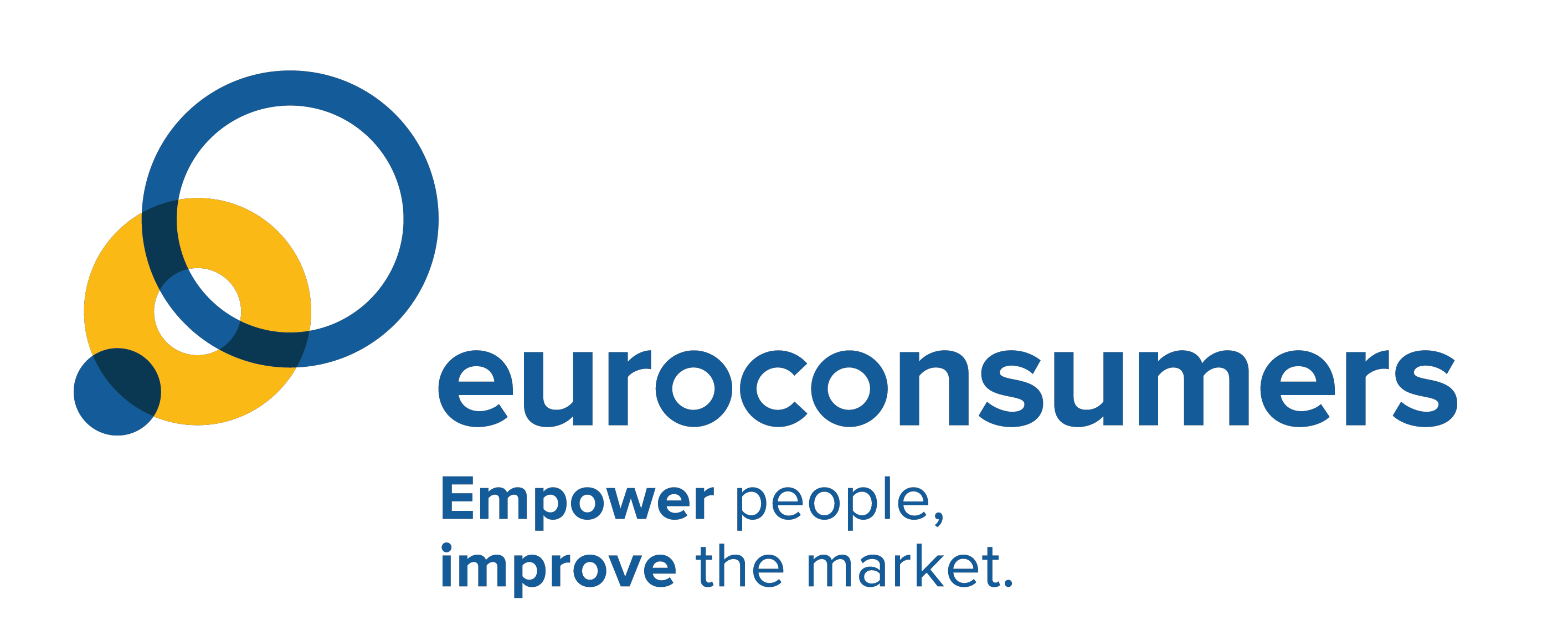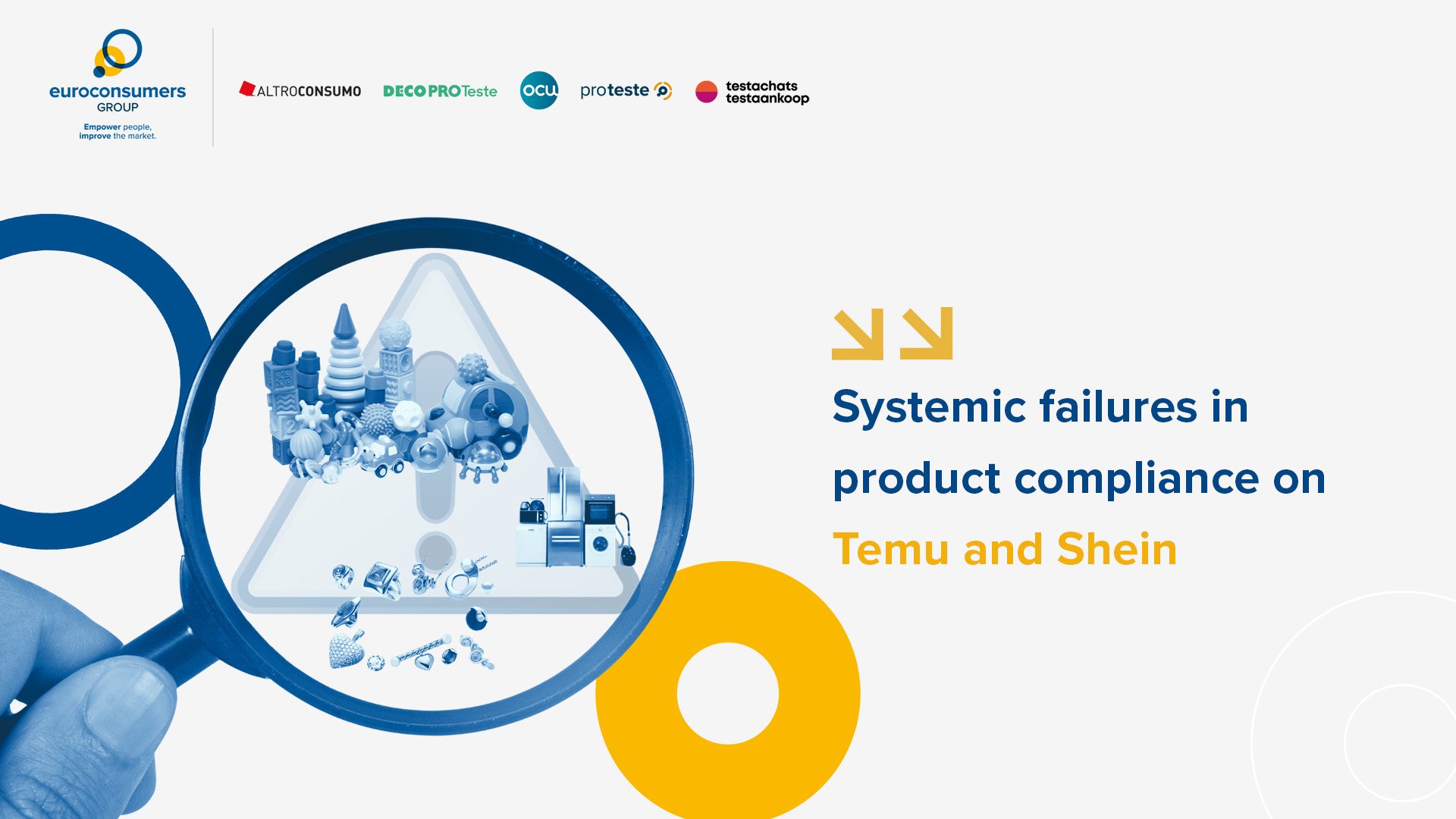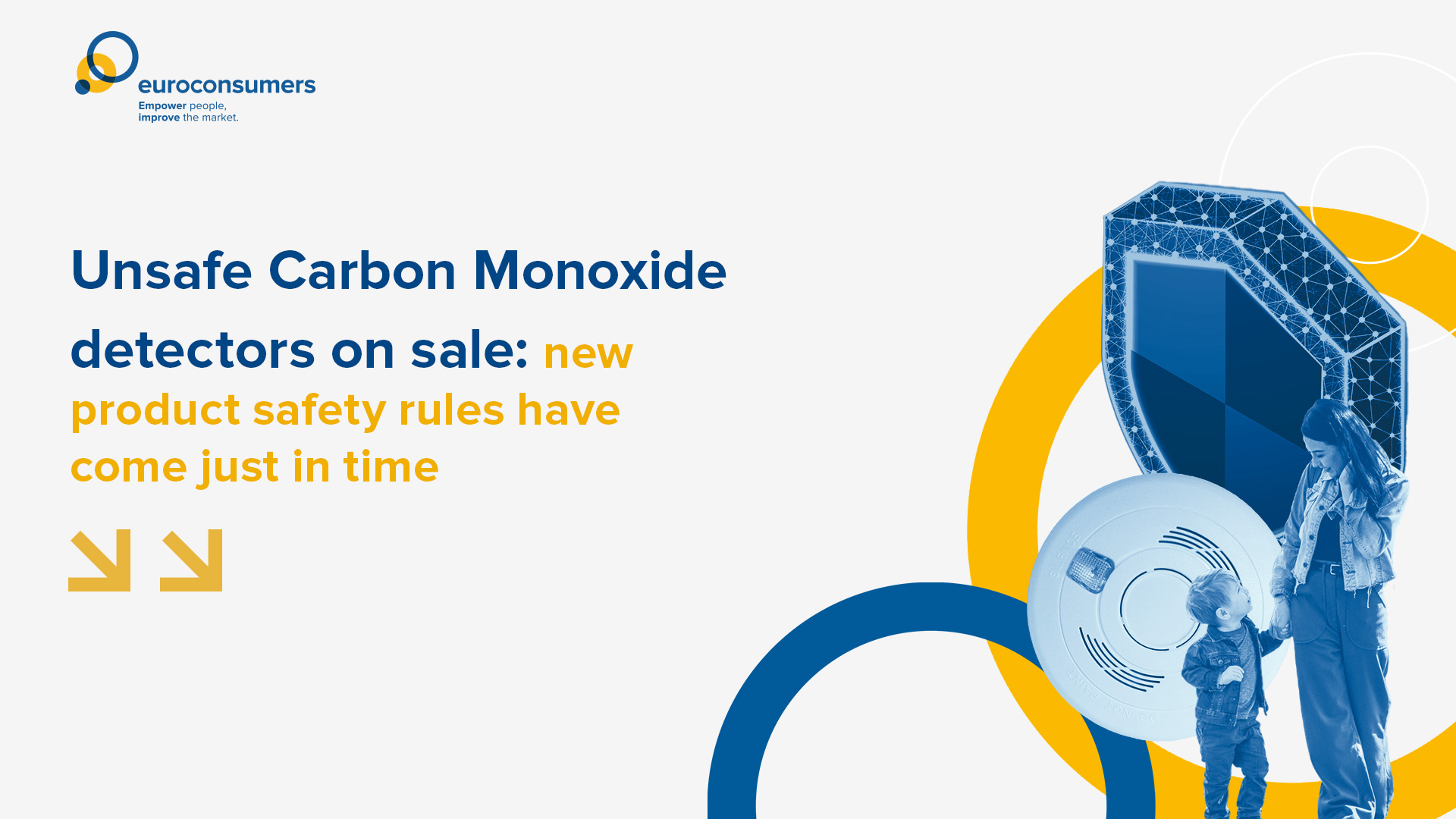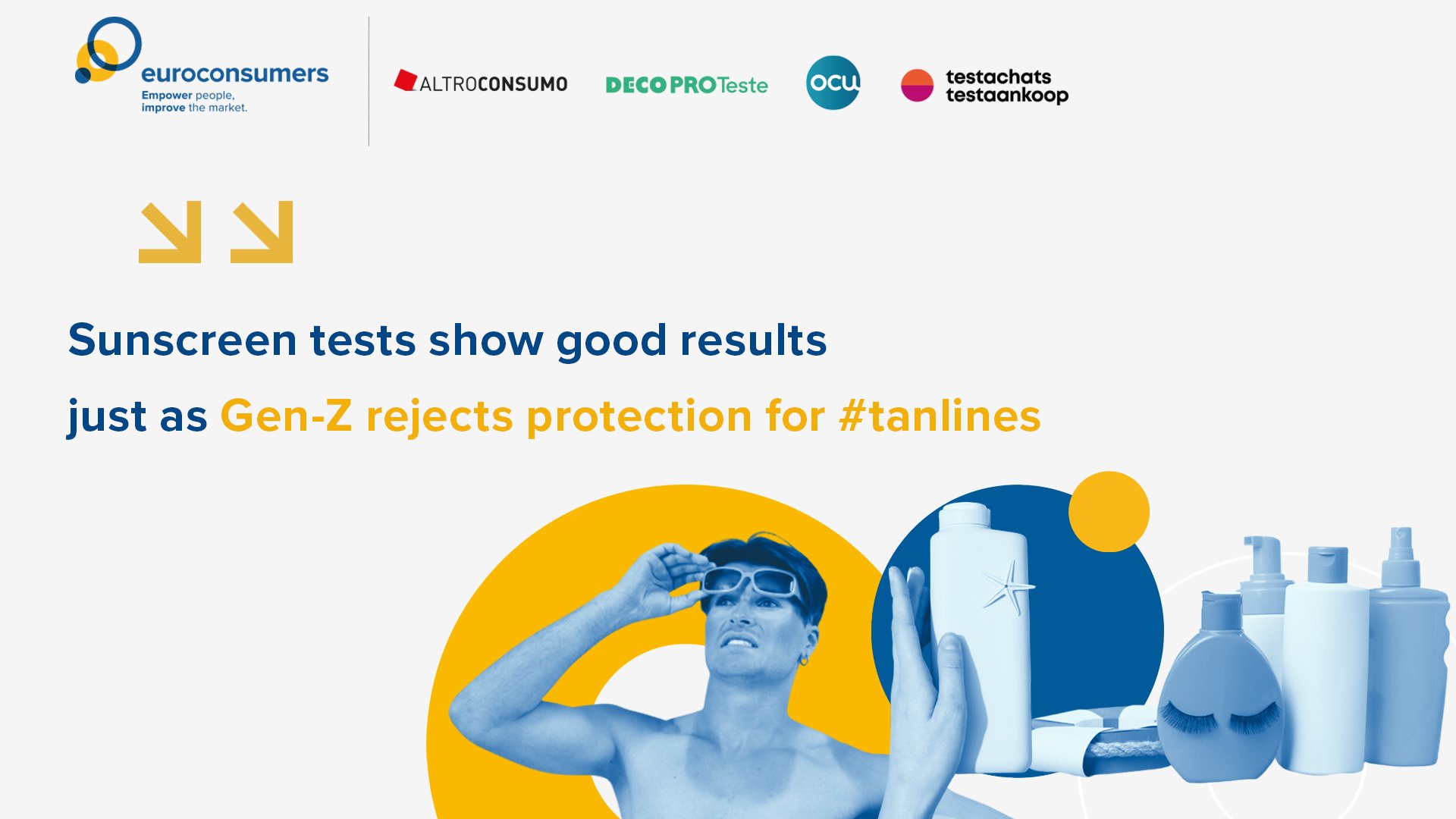How the mystery shopping tests were done
Tests were carried out on 81 products bought on the Shein platform across three different categories of childrenŌĆÖs products, electronic products and jewellery. The same number of randomly chosen products from TEMU were also tested, split equally across the three categories.┬Ā
The products were assessed in accredited laboratories against relevant testing programme specifications for child safety, chemical levels, mechanical function, electrical safety and labelling requirements.┬ĀEach identified failure was given a severity rating to reflect the extent and risk of the issue.┬Ā
Tests found alarming non-compliance in childrenŌĆÖs products and home electronics
- ŌĆó ChildrenŌĆÖs products had the worst record, along with electronics. For TEMU products, 26 out of 27 were found to be non-compliant – eight of these failures were classed as high severity either due to the presence of hazardous chemicals or dangers such as choking and suffocation. The most frequent issues related to mechanical safety (e.g. inappropriate shape) and labelling deficiencies.
- Not one of the 27 childrenŌĆÖs products sold on Shein met the compliance test standards. Toys for children aged under three had widespread mechanical and labelling failures, and multiple high-severity risks such as choking hazards due to small detachable parts.
- ŌĆó┬ĀElectronic products: 12 of the 27 USB chargers bought on Shein presented serious electrical safety risks, including overheating, insufficient insulation, and fire hazards under stress conditions. The majority of problems were related to mechanical safety issues, failing drop tests or torsion tests on the plug pins. It was the same story for TEMU-bought products as only one of the 27 chargers tested in this category fully complied with safety and regulatory requirements. Five of the products were classified as high severity failures (electrical safety issues), and 21 as medium severity (covering mechanical safety issues).
- ŌĆó┬Ā┬ĀJewellery products performed better on both platforms. For TEMU, none was found to be non-compliant. However, there were more important concerns with jewellery sold on Shein despite a majority of items meeting requirements. Of the 27 necklaces tested, five (18.5%) were non-compliant, and all five were classified as having high severity failures because of chemical safety issues. One pendant was found to be composed of more than 85% cadmium.
- So while overall compliance in this category was stronger, the failures represent particularly severe risks to consumer health, as hazardous substances in jewellery can cause chronic exposure and allergic reactions. The fact that such extreme cases were identified within a relatively small sample highlights the persistence of dangerous products in this category.
A picture of systemic non-compliance picture
Across the full range of tested products from TEMU, almost two thirds were found to be non-compliant, with the majority failing at least one test parameter. For Shein, the figure was higher with 73% failing at least one requirement.┬Ā
The overwhelming proportion of non-compliant items were found in the child and electronics categories, with the vast majority rated as medium or high severity, demonstrating how widespread, serious risks.┬Ā
These are not isolated cases of a few products slipping through the net, but instead suggest systemic deficiencies in both platformsŌĆÖ product compliance and risk management systems. ┬Ā
How quickly do platforms respond to safety and compliance red flags?
Following the tests, Testachats/Testaankoop wanted to find out how the platforms responded to safety reports under new ŌĆ£notice and actionŌĆØ measures in the DSA. The act requires online platforms to remove dangerous products by cooperating with market surveillance authorities, and establishing a single point of contact for product safety.
First they notified the platforms about products with serious defects in its capacity as a consumer organization. Then they took a different approach, and reported problems from the standpoint of an ordinary consumer, reporting on selection of non-compliant products with visible or easily detectable issues (such as a missing CE mark).
As well as seeing how the platforms reacted to the specific product reports, they also monitored whether any proactive actions were taken to take down any similar or equivalent products.
Shoppers vs Consumer organizations: who got the best response?
When contact was made as an ŌĆ£ordinaryŌĆØ consumer, the platformsŌĆÖ responses were disappointing, responding to the reports with standardized replies and taking no action.
The response was much stronger when the report came from consumer organizations – but there was a marked difference between the two platforms. Shein acted promptly: all affected items were removed from sale within a few days. The company also reached out to buyers of the contaminated necklaces and certain USB chargers, explicitly warning that ŌĆ£the products are illegalŌĆØ and advising against their use.
Temu, by contrast, only responded after several weeks, stating that it had either already removed or was in the process of removing the reported products.
When it came to action on similar or equivalent items: neither platform removed any similar products that could pose the same risks. Many comparable items remained on sale throughout our monitoring period, raising a real concern that flagging up problems with one listing does not trigger broader precautionary measures for similar items, leaving consumers exposed to more risks.┬Ā
Action needed to guarantee consumersŌĆÖ confidence and safety┬Ā
Testachats/TestaankoopsŌĆÖ results provide valuable evidence about the ability of online platforms to prevent non-compliant and unsafe products from reaching EU consumers.┬Ā┬Ā
Given that the overwhelming proportion of non-compliant items are in the child and electronics categories, with most posing a medium or high severity failure only increases the urgent action needed to safety-proof online marketplaces.
Is non-compliance in online marketplaces industry wide?
These findings also prompt a broader question: are the systemic failures observed on these two platforms isolated incidents, or indicative of a wider industry problem?┬Ā Answering this requires further investigation across major marketplaces operating in the EU, US, China, and other regions that sell into Europe. Gathering such evidence could play a critical role in reinforcing consumer protections against unsafe and illegal products.





